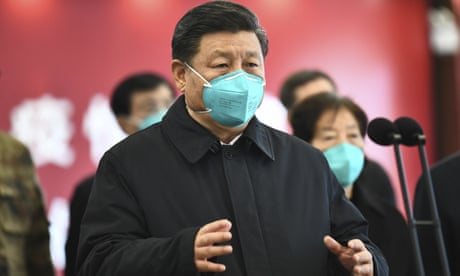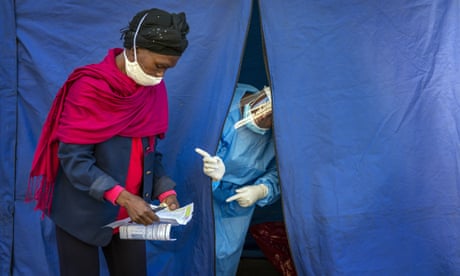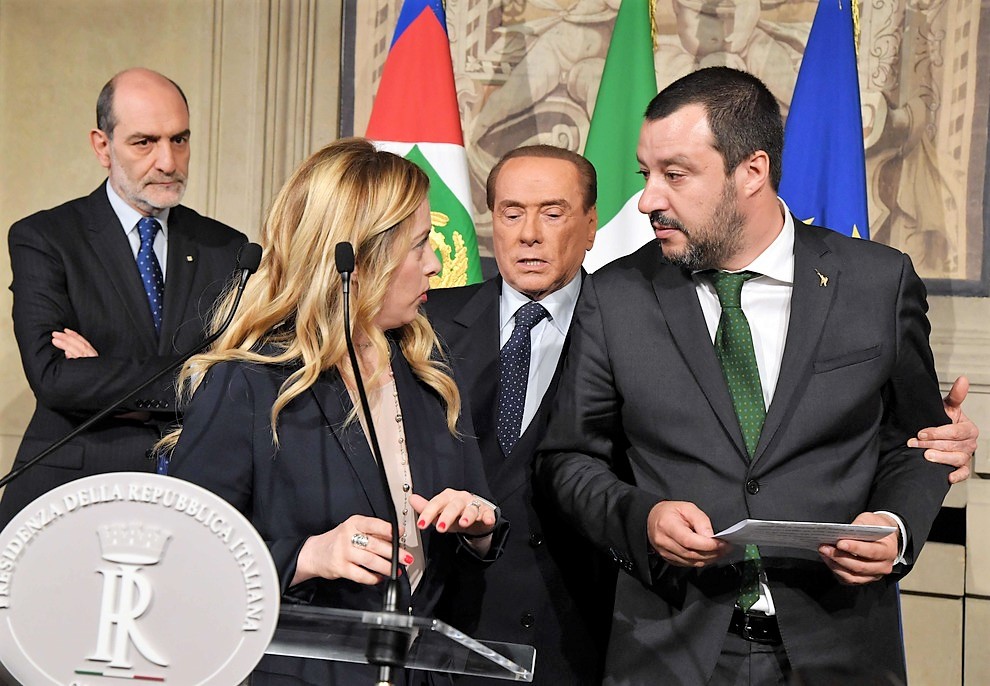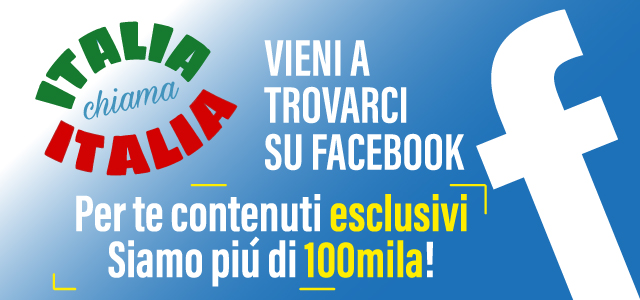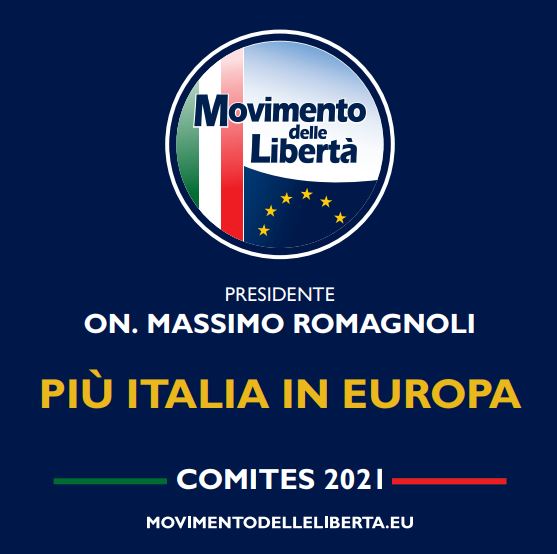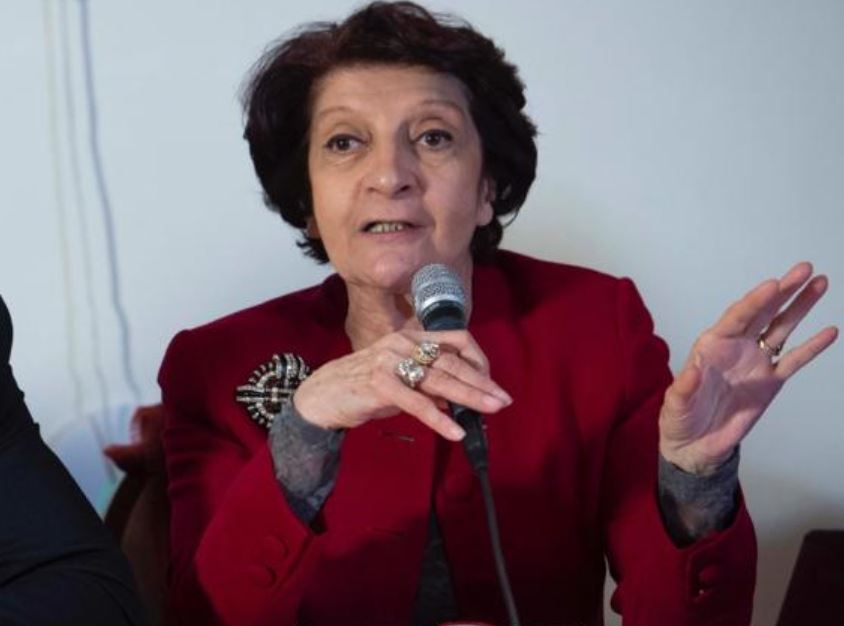The Noble Lies of COVID-19
Do we want public health officials to report facts and uncertainties transparently? Or do we want them to shape information to influence the public to take specific actions?
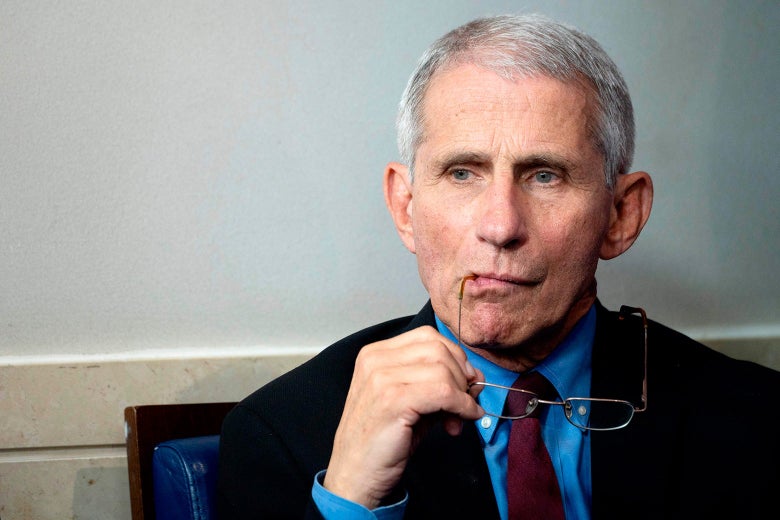
In March 2020, as the pandemic began, Anthony Fauci, the chief medical adviser to the president of the United States, explained in a 60 Minutes interview that he felt community use of masks was unnecessary. A few months later, he argued that his statements were not meant to imply that he felt the data to justify the use of cloth masks was insufficient. Rather, he said, had he endorsed mask wearing (of any kind), mass panic would ensue and lead to a surgical and N95 mask shortage among health care workers, who needed the masks more. Yet, emails from a Freedom of Information Act request revealed that Fauci privately gave the same advice—against mask use—suggesting it was not merely his outward stance to the broader public.
Although some have claimed that the evidence changed substantively in the early weeks of March, our assessment of the literature does not concur. We believe the evidence at the time of Fauci’s 60 Minutes interview was largely similar to that in April 2020. Thus, there are two ways to consider Fauci’s statement. One possibility is, as he says, that his initial statement was dishonest but motivated to avoid a run on masks needed by health care workers. The other is that he believed his initial statements were accurate, and he subsequently decided to advocate for cloth masks to divert attention from surgical or N95 masks, or to provide a sense of hope and control to a fearful and anxious public.
Additional evidence suggests that the second interpretation may be more accurate. In a lengthy commentary from July 2020, COVID expert Michael Osterholm wrote in detail about the continued scientific uncertainty regarding masks—even as he expressed support for their widespread public use as one measure among many. But Fauci’s reversal, which came at a time of political polarization, contributed to the evolution of masks from a basic, precautionary mitigation strategy to a badge of political allegiance. President Donald Trump was reluctant to wear a mask and justified his behavior by referring to Fauci’s comments from the 60 Minutes interview. The controversy continued into the presidential debates, with Trump mocking Joe Biden for donning the “biggest mask” he’d ever seen.
One thing is beyond a doubt, however: One of those two statements did not accurately reflect the evidence as Fauci saw it. Such high-profile mixed messages in a short time frame, without substantive new data to justify the change, generated confusion and a backlash from politicians, other experts, and the general public.
When experts or agencies deliver information to the public that they consider possibly or definitively false to further a larger, often well-meaning agenda, they are telling what is called a noble lie. Although the teller’s intentions may be pure—for example, a feeling of urgency that behavioral change is needed among the lay public—the consequences can undermine not only those intentions but also public trust in experts and science. During the first year of COVID-19, leaders were faced with an unknown disease amid a politically sensitive election in the era of social media, and the preconditions for noble lies became especially fertile. Not surprisingly, we witnessed several examples. More than anything, these examples illustrate the destructive potential of such lies.
Later in 2020, Fauci participated in a second noble lie. In December, he explained in a phone interview with then–New York Times reporter Donald McNeil that he had been moving the target estimate for herd immunity based in part on emerging studies. But he also said:
When polls said only about half of all Americans would take a vaccine, I was saying herd immunity would take 70 to 75 percent. Then, when newer surveys said 60 percent or more would take it, I thought, “I can nudge this up a bit,” so I went to 80, 85.
In his own words, he “nudged” his target range for herd immunity to promote vaccine uptake. Even though his comments were made to influence public actions to get more people vaccinated (a noble effort), the central dilemma remains: Do we want public health officials to report facts and uncertainties transparently? Or do we want them to shape information, via nudges, to influence the public to take specific actions? The former fosters an open and honest dialogue with the public to facilitate democratic policymaking. The second subverts the very idea of a democracy and implies that those who set the rules or shape the media narrative are justified in depriving the public of information that they may consider or value differently.
Aside from whether it’s right to tell noble lies in the service of eliciting socially beneficial behavior, there is also the question of efficacy. Experts on infectious diseases are not necessarily experts on social behavior. Even if we accept Fauci’s claim that he downplayed the importance of wearing masks because he didn’t want to unleash a run on masks, we might wonder how he knew that his noble lie would be more effective than simply being honest and explaining to people why it was important to assure an adequate supply of masks for medical workers.
With the arrival of vaccines in early 2021, the potential for such deliberately misleading messages to backfire became more obvious. Key opinion leaders, agencies, and the Centers for Disease Control and Prevention all articulated some version of “once you are vaccinated, nothing changes,” implying that experts did not know if it was safe to relax precautions and restrictions, such as mask wearing or social distancing, after immunization. But the stance was immediately called into question by others, including epidemiologists, who pointed to the high efficacy of the vaccines and suggested that some, but not all, social distancing measures could be relaxed in certain circumstances. Ultimately, the “no change” message, which may have been intended to discourage mass gatherings or out of a fear that unvaccinated people would lie about their vaccination status, may itself have been harmful: Surveys find that interest in vaccination increases if people are told that it means they can stop masking.
The fourth noble lie from government agencies and/or officials occurred more recently. On June 4, using data from February to March, the agency made the case that hospitalizations were rising in adolescents. It tweeted, “The report shows the importance of #COVID19 vaccination for adolescents.” That tweet spurred a great deal of media attention and concern. It was true that hospitalization rates had risen. However, at the time of the press coverage, hospitalization rates in this age group had already fallen again. Numerous commenters immediately pointed out that the “rise” in hospitalization statistic promoted by the CDC was out of date the moment it was highlighted and raised questions about why the CDC would promote a dated statistic, when the organization had access to up-to-date information.
This obvious error was compounded weeks later during a meeting of the Advisory Committee on Immunization Practices. The committee met to discuss what we knew and did not know about heart inflammation, or myocarditis, that had been linked to mRNA vaccination, and most notable in young men who received the vaccine. During the course of the meeting, representatives of the CDC showed a model that claimed that vaccination of young adults was preferable to the disease itself.
There were, however, several concerns with this model. First, it used rates of community SARS-CoV-2 spread that again were out of date. By the time of the meeting, the rates were lower, meaning the benefits of vaccination would be reduced, but the harms remain the same. Second, it did not consider the risks separately for boys and girls, who appear to have substantially different risk of myocarditis (much higher in boys). Third, it did not consider any middle ground positions, such as only receiving one dose of the vaccine, which provides much of the benefit with far lower myocarditis risk. Instead, the CDC presented zero or two doses as the only options. Fourth, the modeling did not consider natural immunity—i.e., the vaccine’s risk to kids who already recovered from COVID-19 might be the same, but the benefits far lower (as these children have some natural immunity). Finally, the model did not consider the fact that young adults with preexisting medical conditions and those who are otherwise well might have different risk benefit profiles, as the former account for a disproportionate number of COVID-19 hospitalizations.
Together, these are all information choices made by government agencies and/or officials about vaccination of young adults. Amplifying out-of-date statistics and building a model to support vaccination that has questionable assumptions work to support rapid deployment of two doses of mRNA to all healthy kids aged 12 to 17. That may be the CDC’s policy pursuit, and one we are sympathetic to. However, distorting evidence to achieve this result is a form of a noble lie. Accurately reporting current risks to adolescents, and exploring other dosing possibilities, is part of the unbiased scientific exploration of data.
We worry that vaccine policy among supporters of vaccines is increasingly anchored to the irrational views of those who oppose them—by always pursuing the opposite. Exaggerating the risk of the virus in the moment and failing to explore middle ground positions appear to be the antithesis of the anti-vax movement, which is an extremist effort to refuse vaccination. This seems a reflexive attempt to vaccinate at all costs—by creating fear in the public (despite falling adolescent rates) and pushing the notion that two doses of mRNA at the current dose level or nothing at all are the only two choices—a logical error called the fallacy of the excluded middle.
Noble lies—small untruths—yield unpredictable outcomes. Nietzsche once wrote, “Not that you lied to me, but that I no longer believe you, has shaken me.” Public health messaging is predicated on trust, which overcomes the enormous complexity of the scientific literature, creating an opportunity to communicate initiatives effectively. Still, violation of this trust renders the communication unreliable. When trust is shattered, messaging is no longer clear and straightforward, and instead results in the audience trying to reverse-engineer the statement based on their view of the speaker’s intent. Simply put, noble lies can rob confidence from the public, leading to confusion, a loss of credibility, conspiracy theories, and obfuscated policy.
Noble lies are a trap. We cannot predict the public’s behavior, and loss of trust is devastating. The general population is far too skeptical to blindly follow the advice of experts, and far too intelligent to be easily duped.
Future Tense is a partnership of Slate, New America, and Arizona State University that examines emerging technologies, public policy, and society.








